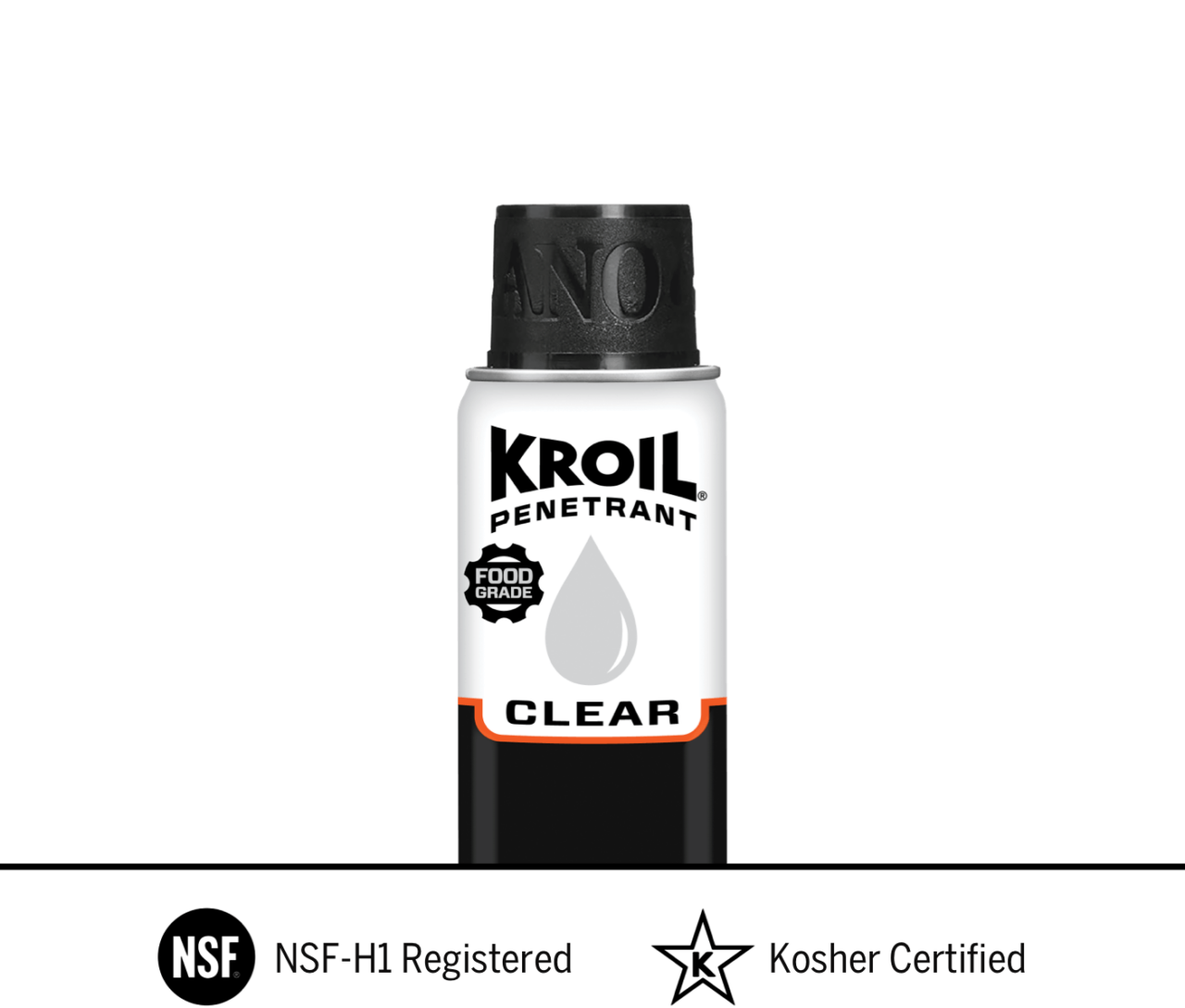Few challenges in repair and maintenance work are as universally dreaded as removing a stuck bolt. Whether you’re under the hood of a car, repairing outdoor equipment, or maintaining machinery, corrosion can turn a simple task into a time-consuming struggle. Rust-lock can cause bolts to seize, threads to fuse, and tools to slip. Fortunately, rust-release formulas are available to make the job easier, but getting the best results isn’t just about what you use. It’s about how you use it. Applying these solutions with intention and care can turn a frustrating experience into a smooth fix, saving time, tools, and effort in the process.
Why Technique Makes the Difference
There’s a common misconception that a quick spray and a bit of torque will do the trick. But loosening a corroded fastener requires more than that, especially when metal has been exposed to the elements for months or even years. For these agents to work effectively, they need time and contact. Simply coating the surface won’t cut it. Lube job super penetrant must seep down into the fine threads, breaking down rust at its core to allow clean movement. Applying too little or rushing to twist the bolt before the formula has taken effect can result in broken parts or stripped threading. In more extreme cases, it can make removal impossible without cutting or drilling. By applying the right amount, giving it time to soak, and working with the material instead of against it, the job becomes faster, easier, and more precise.
Prepping the Surface for Better Absorption
Success starts before you even open the nano penetrating oil. Preparing the area gives the product the best chance to work. Begin by removing loose dirt, flaky rust, or grime with a wire brush or cloth. If the surface is heavily caked, a few light taps with a hammer can help break the outer crust, exposing more of the metal underneath. Once cleaned, apply the product carefully around the bolt head and the joint where the threads meet the surface. Use a straw or nozzle extension to get into tight spots, especially on recessed or partially hidden bolts. Generous application of the nano penetrating oil is usually better than being conservative—the goal is for the liquid to reach into the internal threading, not just coat the exterior. Allow the area to sit for several minutes, sometimes longer, depending on the severity of the corrosion.
What to Do When It’s Still Stuck
Even after a proper soak, some bolts won’t move on the first try. That’s when controlled force and patience come into play. Instead of applying maximum torque all at once, use a back-and-forth rocking motion. This gradually works the threads loose without snapping or stripping them. If the bolt remains stubborn, repeat the application and give it more time. For older or deeply corroded parts, two or three rounds may be needed. In severe cases, applying mild heat can help. Heating the metal causes expansion, creating micro-movements in the thread interface that allow the formula to penetrate deeper. This method works especially well on metal parts that have bonded due to years of exposure. Just be sure the formula you’re using is rated for high temperatures and that safety precautions are in place.
Selecting the Right Product for the Job
Not all formulas are created equal. Some are intended for basic maintenance, while others are tailored for professional or industrial applications. Thicker solutions may cling longer, ideal for vertical surfaces or parts exposed to wind and weather. Others are made for fast-acting use when time is short. Some offer lasting protection against rust after application, while others evaporate cleanly with no residue—useful when parts need to be painted or finished. Consider where you’re working. Outdoor projects may require formulas that resist washout or freezing. Indoor tasks in confined spaces may call for low-odor or non-toxic options. And if you’re working near sensitive surfaces, like plastics or painted areas, double-check that the product won’t cause damage on contact.
Safety and Longevity Considerations
As effective as rust-release agents are, they still require careful handling. Industrial-strength versions can emit strong fumes or leave residues that need to be wiped away. Always work in a well-ventilated space and wear gloves when necessary. For parts that will be reassembled later, follow-up cleaning might be needed to ensure proper function. What’s more, a proper application of nano penetrating oil can help extend the lifespan of the parts you’re working on. Once freed, bolts and fasteners can be cleaned, lightly lubricated, and reused without having suffered excessive wear or damage. This not only saves money on replacement parts but also maintains the integrity of your equipment.
Removing a rusted bolt doesn’t have to be a battle. While rust-release products are incredibly effective, their success depends heavily on how they’re used. Taking time to clean the area, applying a lube job super penetrant thoroughly, and letting it do its job before applying force can mean the difference between a quick repair and a long, frustrating project. With proper technique, you’ll get better performance, preserve your tools, and avoid the risk of broken or damaged parts. A little patience and care during the application process go a long way toward smoother, more efficient repairs.




